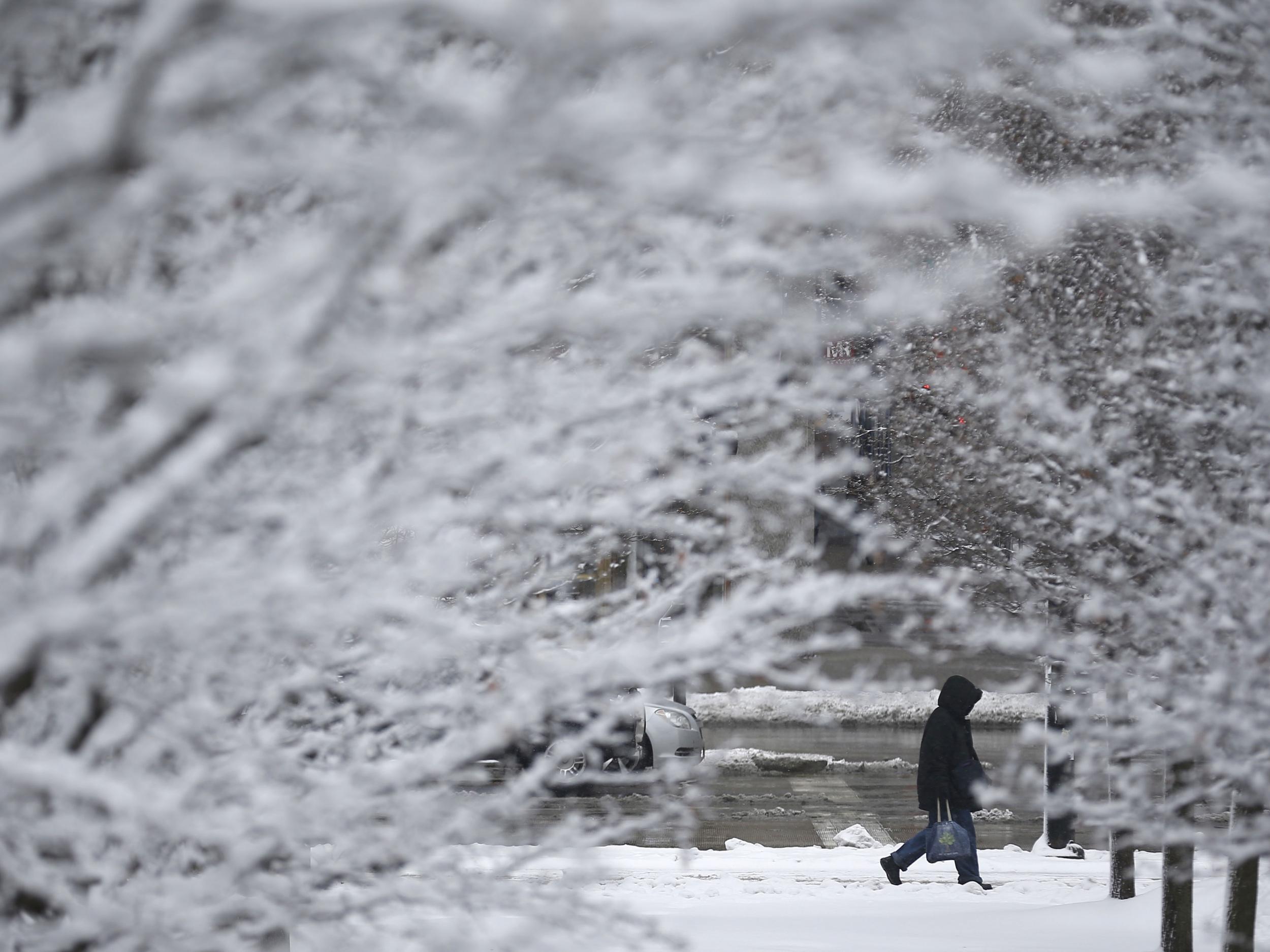Global warming helped increase US growing season by 13 frost-free days
Global warming, changes to cloud cover and wind patterns are driving the trend

Your support helps us to tell the story
From reproductive rights to climate change to Big Tech, The Independent is on the ground when the story is developing. Whether it's investigating the financials of Elon Musk's pro-Trump PAC or producing our latest documentary, 'The A Word', which shines a light on the American women fighting for reproductive rights, we know how important it is to parse out the facts from the messaging.
At such a critical moment in US history, we need reporters on the ground. Your donation allows us to keep sending journalists to speak to both sides of the story.
The Independent is trusted by Americans across the entire political spectrum. And unlike many other quality news outlets, we choose not to lock Americans out of our reporting and analysis with paywalls. We believe quality journalism should be available to everyone, paid for by those who can afford it.
Your support makes all the difference.The number of frost-free days in the northern United States has increased by more than 13 days in the past 100 years, according to new research.
The other main areas of the mainland US also saw significant increases in the number of days without frost, essentially the growing season – 10.7 days in the west, 8.6 in a central region and 7.7 days in the south.
Global warming was one of the reasons for the trend, but the researchers also found changes to local cloud cover and atmospheric circulation patterns played a part.
Writing in the journal Nature Communications, experts from the US Geological Survey and Utah University said: “It is often stated, quite logically, that global warming lengthens the frost-free or growing season.
“The results presented here confirm that the timings of spring and fall frost in four objectively identified regions are significantly correlated with … temperature indices conventionally used to represent greenhouse gas-driven warming, with the Central region during fall [autumn] being the one exception.”
The researchers divided the 48 contiguous US states into the four areas based on the dates for the first and last frosts of the year.
The last spring frost took place in the southeastern US on about the 90th day of the year, compared to the 140th in the northern states.
There was a similar 50-day gap between the onset of frost in the north, on about the 260th day, and the 310th day in the southeast.
This means frost is now present in the north for about 245 days a year, compared to 145 in southeast.
Plants and animals are responding in different ways to the warming across much of the northern hemisphere.
Previous research has shown leaves in the southeastern US are coming out up to 22 days early. And in Greenland one species of sedge is emerging form winter 26 days earlier than just 10 years ago – a pace of change described as “eye-opening” by one academic.
While an increase in the growing season could be good news for farmers in some places, there is concern that the rapid pace of change is causing much of the natural world to become out of sync.
For example, animals which migrate based on the length of the day can arrive in an area to feed on young shoots only to find they have because older, less nutritious plants because they have budded earlier than usual because this is based on temperature.
Join our commenting forum
Join thought-provoking conversations, follow other Independent readers and see their replies
Comments